By
James Nieman | 12/13/2018 | in
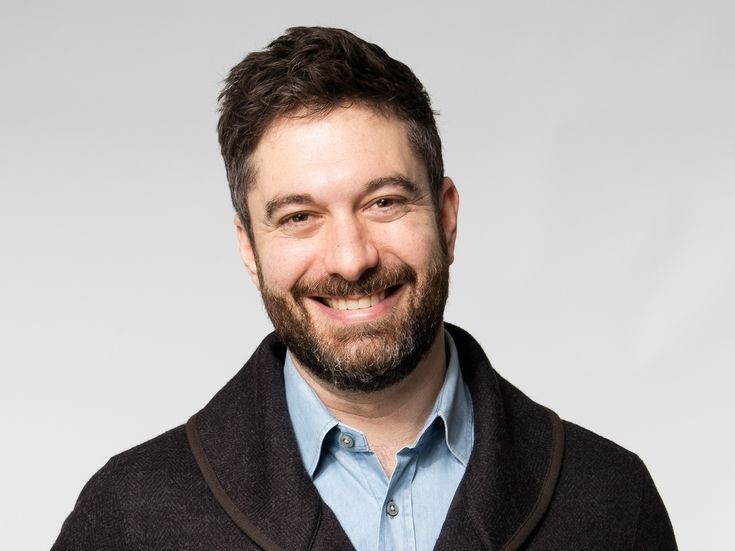
Photo from Campaign
The latest episode of The A-List Podcast features Ari Weiss, the first-ever North American Chief Creative Officer at DDB, where he oversees the agency’s 17 North American Offices.
Weiss’ reputation as an illustrious creative has been built working for many of the world’s most creative agencies, including 180 L.A., Wieden & Kennedy, BBDO, Goodby Silverstein & Partners, Cliff Freeman & Partners, and Saatchi, among others. Throughout that journey, he has collaborated with many of the industry’s most legendary icons, and he shares many of those experiences in this inspiring interview.
In his discussion with host and DiMassimo Goldstein CCO Tom Christmann, Weiss talks about why DiMassimo Goldstein was the “best first job you could ever get” and reflects on many of the magical moments, campaigns, and mentors that inspired his career. He shares useful tips about the creative process, offers his unique point of view on the shifting landscape of the industry, and explains why he feels it’s the most interesting time to be in the business.
Hear it all and so much more in the episode below!
Show Notes:
- [0:00 – 1:28] Intro
- [1:29 – 9:09] Growing up in California, his early aspirations of becoming a photo journalist, and the connection that landed him an interview with Jeff Goodby
- [9:10 – 16:05] Weiss talks about his early infatuation with the industry and its culture, his internships as a college student, and the iconic campaigns that inspired him to make it a career
- [16:06 – 21:40] His first taste of rejection and the discipline and organization that you need to become a successful creative
- [21:41 – 27:10] Weiss talks about his creative process, the power of a true partnership, and how the industry has shifted to less traditional silos
- [27:11 – 30:42] The current landscape of the industry and why innovation and technology must still serve the idea and insight
- [30:43 – 35:55] What it’s like being a CCO, work that breaks into culture, and the value of having strong mentors who teach you attention to detail
- [35:56 – 38:10] Weiss shares what it was like interviewing for a job during the dot-com crash
- [38:11 – 49:59] Working for DiMassimo Goldstein and why it was the best first job you could get
- [50:00 – 54:50] Weiss talks about the secret sauce at Cliff Freeman and the amazing people who worked there
- [54:51 – 1:08:57] What it’s like sitting in Bill Bernbach’s office, working to resurrect the creative revolution he started, and why today is the most interesting time to be in this business
- [1:08:58 – 1:11:51] Weiss talks about what he learned working for each of the agencies he worked for and how those experiences have shaped the creative he is today
- [1:11:52 – 1:12:22] Outro
“The A-List” is a podcast produced by DiMassimo Goldstein, an inspiring action agency, recorded at the Gramercy Post, and sponsored by the Adhouse Advertising School, New York’s newest, smallest, and hippest ad school. You can subscribe and rate the show on iTunes or listen along on SoundCloud. For updates on upcoming episodes and guests, be sure to like the A-List Podcast on Facebook and follow host Tom Christmann on Twitter.
By
James Nieman | 12/06/2018 | in
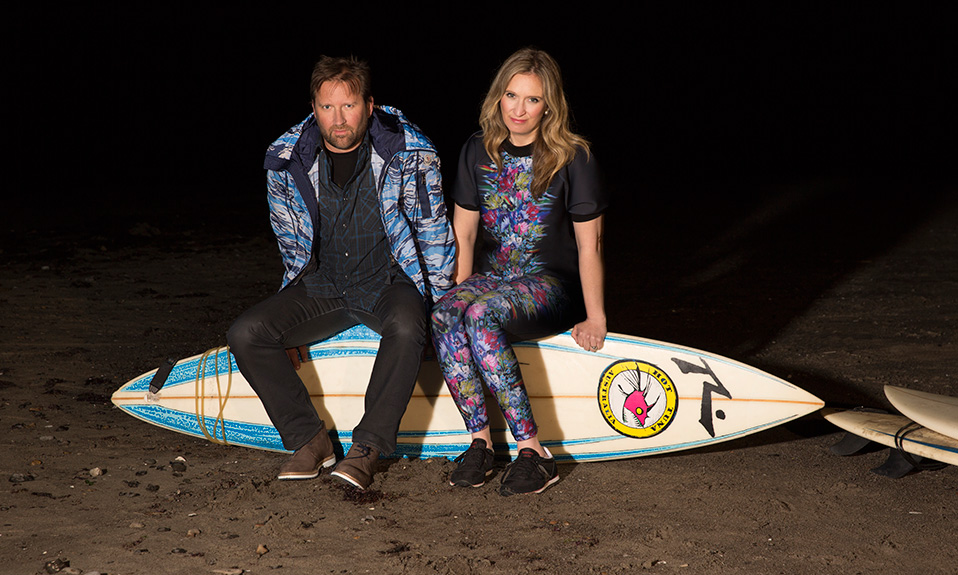
(Photo from Ad Age)
This week on “The A-List Podcast”, host and DiMassimo Goldstein CCO Tom Christmann is joined by the inspiring duo of Libby Brockhoff and Franklin Tipton.
In 2011, Libby cofounded Odysseus Arms, where she currently serves as the CEO, with Tipton as an agency partner and Head of Copy. Odysseus Arms is a San Francisco-based independent and modern agency that is well known for its unique strategic and creative approach “ThirdeyeTM,” which they dive into in the episode. In 2014, Odysseus Arms was recognized as an Ad Age “Agency of the Year.”
In this informative and inspiring discussion, Franklin and Libby tell stories from their undergraduate days at the University of Delaware; talk about the brand planning revolution and the importance of consumer insights; share what it was like working in London (where Libby launched the agency, Mother, at age 27); and explain what they look for when viewing a portfolio. Tune in below!
Show Notes:
- [0:00 – 1:51] Intro
- [1:52 – 12:00] Franklin and Libby talk about their childhood, how boredom can contribute to creativity, and the rigorous visual communications program they both studied in at the University of Delaware
- [12:01 – 18:47] The two tell tales of the program’s teacher, Ray Nichols, and how they benefited from his culture of fearlessness
- [18:48 – 26:55] Franklin talks about working for JWT in his first year out of college, the importance of having a strong portfolio, and the value of solving problems visually
- [26:56 – 29:39] Franklin tells the story of how Libby ushered the University of Delaware program they’d both graduated from into the modern age
- [29:40 – 37:40] Libby talks about her first years after graduation, the unique culture at Chiat Day, and the brand planning revolution, and why Wayne Gretzky is her spirit animal
- [37:41 – 45:40] Moving to London, zigging when others zag, and stories of the legendary Dave Trott
- [45:41 – 50:03] How Libby launched Mother in London, the importance of wearing different hats, T-shaped people, and how she landed on the name Mother
- [50:04 – 1:04:50] The two talk about coming back from London and launching Odysseus Arms, explain their unique “third-eye” approach, and chat about the value of consumer insights and planning
- [1:04:51 – 1:08:55] Learn how you can get in touch with Franklin and Libby, and why it’s essential to get out of your comfort zone
- [1:08:56 – 1:09:51] Outro
“The A-List” is a podcast produced by DiMassimo Goldstein, an inspiring action agency, recorded at the Gramercy Post, and sponsored by the Adhouse Advertising School, New York’s newest, smallest, and hippest ad school. You can subscribe and rate the show on iTunes or listen along on SoundCloud. For updates on upcoming episodes and guests, be sure to like the A-List Podcast on Facebook and follow host Tom Christmann on Twitter.
By
James Nieman | 11/29/2018 | in

This week on “The A-List Podcast,” host and DiMassimo Goldstein CCO Tom Christmann interviews Evelyn Neill, Executive Creative Director at TBWA\Chiat\Day in New York. With over two decades of experience creating award-winning work for some of the industry’s most renowned agencies, Neill is about as “A-List” as it gets. She has led creative for many of the world’s biggest brands, including Nike, Microsoft, and Coca-Cola, among others.
Prior to joining TBWA\Chiat\Day, Neill spent the bulk of her career at Wieden & Kennedy, where she was one of six people who were handpicked to help launch the agency’s Amsterdam office.
In this inspiring interview, Neill talks about her life before advertising, what she learned working under Dan Wieden, why a true partnership isn’t about roles, and the importance of being astoundingly courageous. Tune in below!
Show Notes:
- [0:00 – 1:48] Intro
- [1:49 – 8:10] Growing up in Birmingham, Alabama and how she was first introduced to advertising
- [8:11 – 13:13] Neill reflects on her first days in the industry and tells the story of how she got an offer to move to Portland, Oregon to work for Wieden & Kennedy
- [13:14 – 21:28] Why she considers herself so lucky to be in advertising, how to achieve your goals, and why hierarchy isn’t a pain when used right
- [21:29 – 26:40] Why true partnership is not about roles
- [26:41 – 33:30] The secret to not getting pigeon-holed creatively, and the importance of being astoundingly courageous
- [33:31 – 40:50] Launching Wieden & Kennedy in Amsterdam, and how the work there differed from the work in Portland
- [40:51 – 49:00] What she learned from co-founding her own business, The Sanibel Sea School, and how it helped her become better at advertising
- [49:01 – 54:38] Why she’s so excited for the future at TBWA\Chiat\Day, and advice to young creatives
- [54:39 – 56:02] Outro
“The A-List” is a podcast produced by DiMassimo Goldstein, an inspiring action agency, recorded at the Gramercy Post, and sponsored by the Adhouse Advertising School, New York’s newest, smallest, and hippest ad school. You can subscribe and rate the show on iTunes or listen along on SoundCloud. For updates on upcoming episodes and guests, be sure to like the A-List Podcast on Facebook and follow host Tom Christmann on Twitter.
By
James Nieman | 11/15/2018 | in
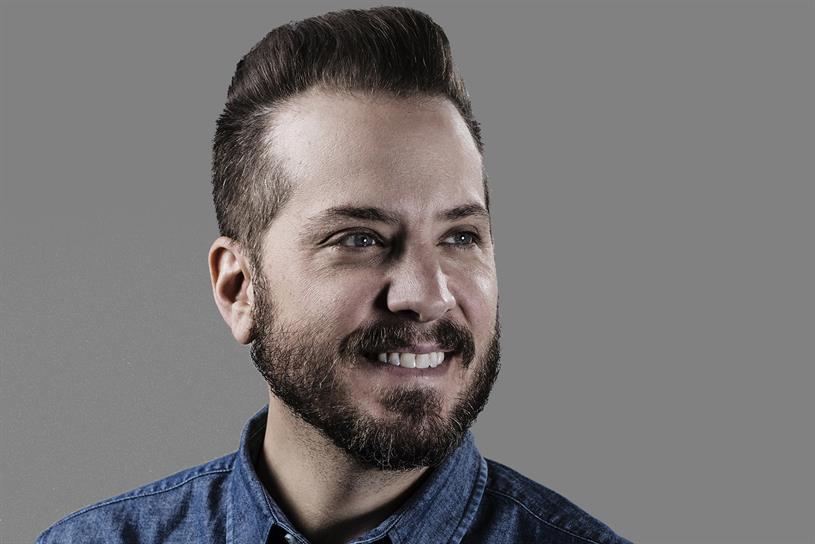
This week’s episode of The A-List Podcast features Jason Musante, Chief Creative Officer at Huge, Inc., where he oversees integrated creative output across the agency’s global offices. Prior to joining Huge, Musante enjoyed success at several award-winning agencies, such as Kirshenbaum Bond + Partners, BBDO Worldwide, and Co:Collective. among others.
In this inspiring interview, Musante tells host and DiMassimo Goldstein CCO Tom Christmann all about how his love for history helped him become a better storyteller, why young creatives should look for people to work for and not places, and why it’s important not just to fail but to know when to fail.
This episode is packed with great advice for young creatives. Tune in to hear it all below!
Show Notes:
- [0:00 – 1:12] Intro
- [1:13 – 9:05] Growing up in North Carolina, and when Musante first realized you could solve business problems with creativity
- [9:06 – 15:28] Musante talks about his experience as a student at West Point before ultimately transferring to the University of North Carolina, and why his love for history helped him become a better storyteller
- [15:29 – 23:45] Being young and hungry, his first advertising gig at McCann, and why young people looking to get into the industry should look for people to work for, not places
- [23:45 –30:49] The interview he had with Richard Kirshenbaum, the current state of the industry, and why he’s excited for the future
- [30:50 – 42:20] Musante talks about his first big break in the industry, the integration of story and technology, and what he learned working for Gerry Graf
- [42:21 – 54:48] Musante talks about the important of knowing when you can fail, and reflects on his time at Saatchi & Saatchi, BBDO, and Co:Collective
- [54:59 – 58:48] What is so unique about Huge, and what he looks for in young creatives
- [58:49 – 59:38] Outro
“The A-List” is a podcast produced by DiMassimo Goldstein, an inspiring action agency, recorded at the Gramercy Post, and sponsored by the Adhouse Advertising School, New York’s newest, smallest, and hippest ad school. You can subscribe and rate the show on iTunes or listen along on SoundCloud. For updates on upcoming episodes and guests, be sure to like the A-List Podcast on Facebook and follow host Tom Christmann on Twitter.
By
James Nieman | 11/08/2018 | in
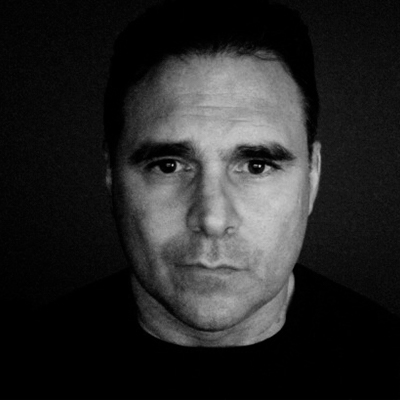
In the latest episode of The A-list Podcast, host and DiMassimo Goldstein CCO Tom Christmann is joined by Greg DiNoto, an award-winning creative and the founder and CEO of DiNoto, Inc.
His agency, which is based in Brooklyn, unlocks the potential in brands with compelling platforms that define a uniquely ownable emotional space – and drive content, experience, and engagement. DiNoto’s clients include Disney/Freeform, Corcoran Real Estate, Synchrony Financial, Deutsche Bank, OnVocal, and Untuckit. Prior to opening up his own shop, DiNoto was a Partner and Chief Creative Officer at Deutsch, where he helped the agency grow significantly.
During their conversation, DiNoto talks about launching an agency without having a client, the pros and cons of awards, the importance of networking, how freelancing can help you develop your personal brand, and much much more. Full episode and show notes below!
Show notes:
- [0:00 – 1:24] Intro
- [1:25 – 6:38] Growing up in Garden City, Long Island, and the TV spot that cultivated an enthusiasm in him for the advertising industry
- [6:39 – 16:30] DiNoto reflects on his time as a student at SUNY Albany and talks about the creative ways post graduates can stand out while hunting for a job
- [16:31 – 27:45] The early days of DiNoto’s career as a writer at both Greenstone Rabasca and Bozell, and his first award-winning campaigns
- [27:46 – 32:09] Donny Deutsch’s healthy disdain for award shows, being hungry, and the importance of networking
- [32:10 – 41:34] The difference between making and managing, why rivalry can be healthy, the pros and cons of awards, and the growing pains of a growing agency
- [41:35 – 49:43] Opening his own shop without a client, the advantages of freelancing, and how the advertising industry is all about people
- [49:44 – 56:36] What he looks for in new hires, creative athleticism, and how to work through a communications strategy
- [56:37 – 57:23] Outro
“The A-List” is a podcast produced by DiMassimo Goldstein, an inspiring action agency, recorded at the Gramercy Post, and sponsored by the Adhouse Advertising School, New York’s newest, smallest, and hippest ad school. You can subscribe and rate the show on iTunes or listen along on SoundCloud. For updates on upcoming episodes and guests, be sure to like the A-List Podcast on Facebook and follow host Tom Christmann on Twitter.
By
James Nieman | 11/01/2018 | in

On this week’s episode of The A-List Podcast, host and DiMassimo Goldstein CCO Tom Christmann is joined by Justin Gignac, a renowned freelance artist and co-founder of Working Not Working, a network that works to eliminate the obstacles between creative people and opportunity. Prior to launching Working Not Working in 2012, Gignac spent years in the industry as an award-winning art director and creative director.
Gignac is well known for helping create “Elf Yourself“, an interactive website built for Office Max in 2006 that instantly became a worldwide phenomenon, amassing over 36 million visits in just five weeks.
During their conversation, Gignac talks about the time he famously sold garbage in New York City to prove that packaging matters, growing up in the industry before eventually growing out of it, the value of a good support system, and how helping people get what they want is a good way to get what you want. All that and much much more. Full episode and show notes below!
Show notes:
- [0:00 – 2:07] Intro
- [2:08 – 8:04] Gignac talks about growing up in Connecticut to a father that was an actual clown and a mother who was a class clown, and how that influenced his creativity
- [8:05 – 14:30] Aspiring to be in advertising at an early age, and the Jasper Johns painting that convinced him he could turn those dreams into a reality
- [14:30 – 26:00] Gignac reflects on his time as a student at the School of Visual Arts, what he loved about advertising, and the time he famously sold NYC garbage
- [26:01 – 33:33] Working at Ogilvy with the “young guns”, why it’s important to have a healthy ego, and how every brief presents an opportunity
- [33:34 – 41:22] The backstory behind the viral “Elf Yourself” website, and why challenger brands need to be courageous to make something great
- [44:10 – 1:07: 30] Gignac talks about growing out of advertising and launching Working Not Working, how the network has evolved over the years, and why having a strong support system is crucial at every moment of your career
- [1:07:31 – 1:08:34] Outro
“The A-List” is a podcast produced by DiMassimo Goldstein, an inspiring action agency, recorded at the Gramercy Post, and sponsored by the Adhouse Advertising School, New York’s newest, smallest, and hippest ad school. You can subscribe and rate the show on iTunes or listen along on SoundCloud. For updates on upcoming episodes and guests, be sure to like the A-List Podcast on Facebook and follow host Tom Christmann on Twitter.
By
James Nieman | 10/31/2018 | in
A few years ago, HelloFresh came to us to help strengthen its positioning in the U.S. market. Together, we designed and launched an iconic, award-winning rebrand that quickly transformed HelloFresh into the #1 leader of the meal kit delivery service category, surpassing both Blue Apron and Plated along the way.
Today, on Halloween, that branding has taken on a different meaning. HelloFresh home cookers from around the world are taking the brand experience we designed and reimagining it for the Holiday.
Using our zesty branded packaging as inspiration, consumers are ingeniously recycling the materials and crafting them into Halloween costumes. Here are just a few examples of how resourceful consumers are creatively adapting HelloFresh’s identity into their own:
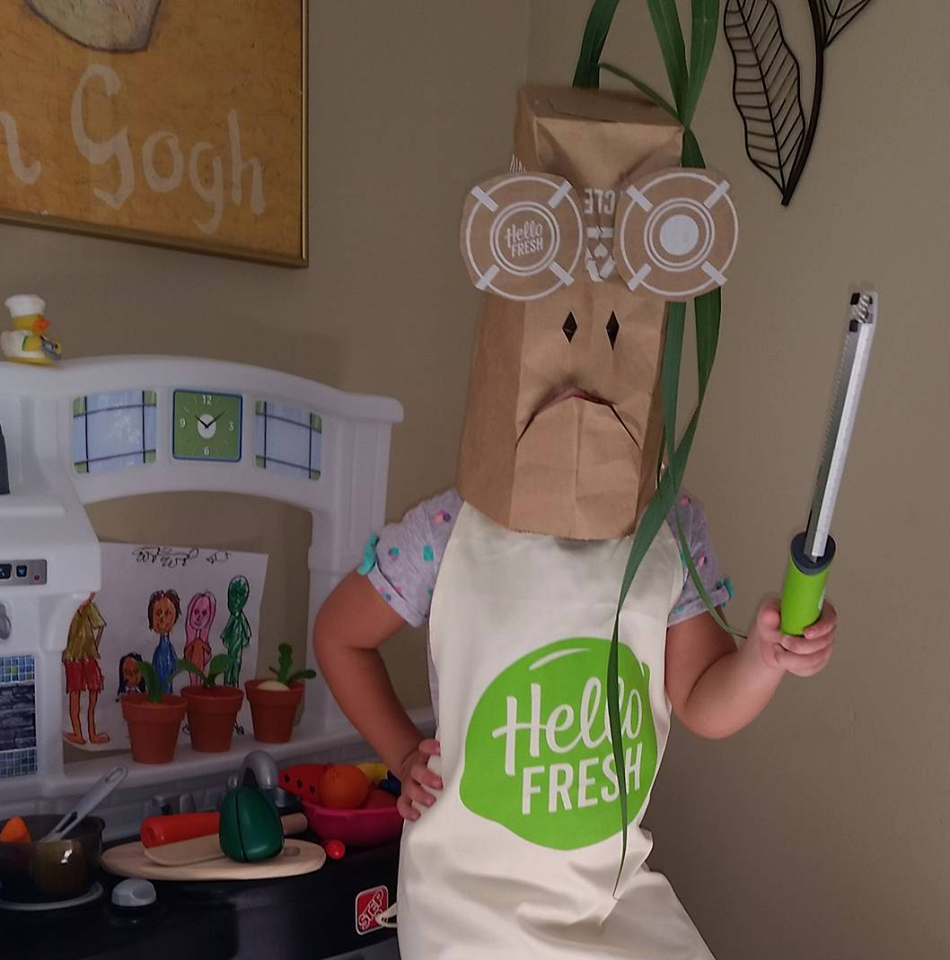
Recycling beautifully designed packages and turning them into boo-tiful Halloween costumes. That’s inspiring action.
By
James Nieman | 10/26/2018 | in
About a year ago this time, “Flamingo Girl” was introduced to the world.

Flocking around in an adorable pink Flamingo costume with matching sunglasses, she charmed the streets of New York City, spreading word downtown and building anticipation for “the biggest, bestest Halloween event in New York City,” the Bronx Zoo’s annual “Boo at the Zoo.”
She instantly became a viral sensation, appearing all over social media and the internet in cute TV spots and in print ads offline. The TV spots were even named an official honoree of last year’s Webby Awards.
By the time we created an experiential pop-up to generate awareness in Manhattan’s Lower East Side, she was already a superstar, but of course, she made time to fly on over and say hello to all her newfound fans.
A year later and a year older, the “Flamingo Girl” campaign remains a classic. Turning an old tradition into something completely new, “Flamingo Girl” was fresh, memorable, and iconic. It was an inspiring action, and one of our favorites of the past year.
On its 1-year anniversary, we felt it was only right to flap our flamingo wings down memory lane and revisit the work that made waves in New York.
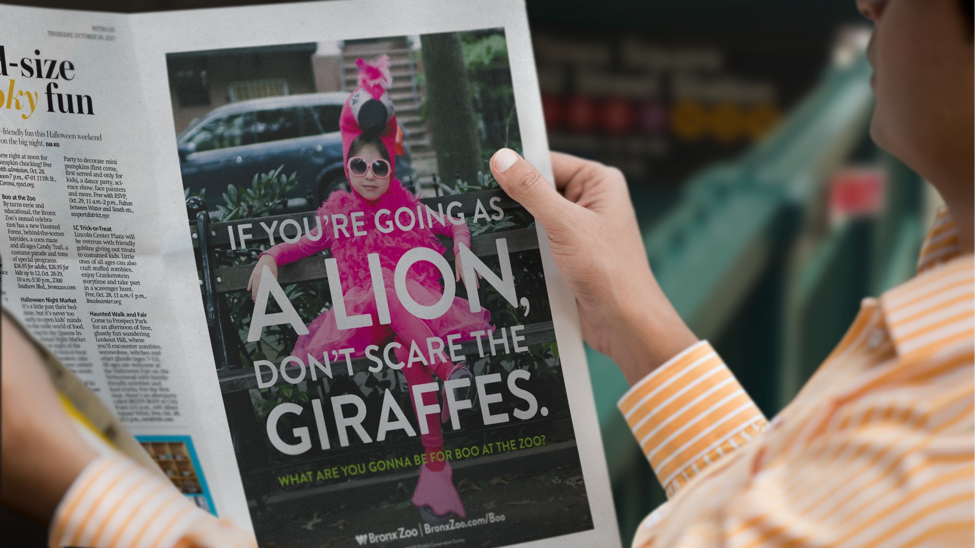
Flamingo Girl :45 from DiMassimo Goldstein on Vimeo.
Flamingo Girl: Statue from DiMassimo Goldstein on Vimeo.
Flamingo Girl: Cab from DiMassimo Goldstein on Vimeo.
Flamingo Girl: Chess from DiMassimo Goldstein on Vimeo.
Flamingo Girl: Yell from DiMassimo Goldstein on Vimeo.











